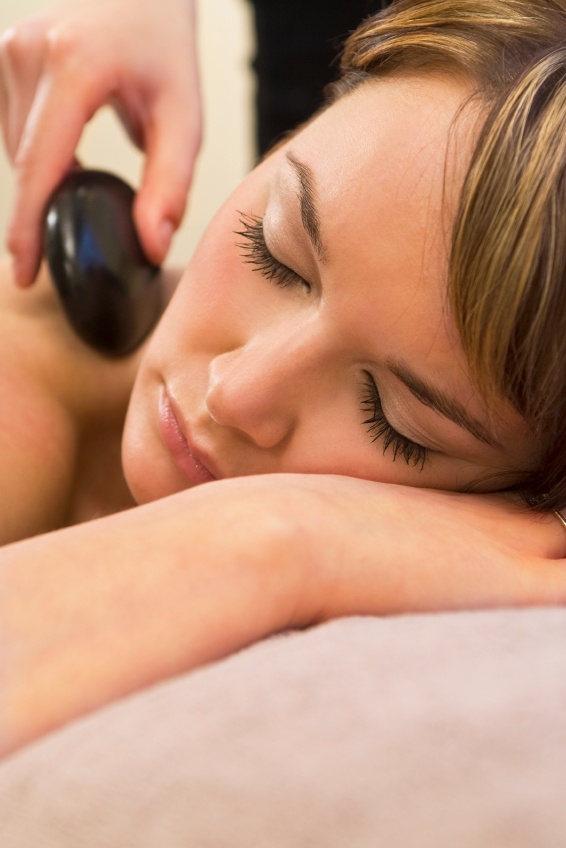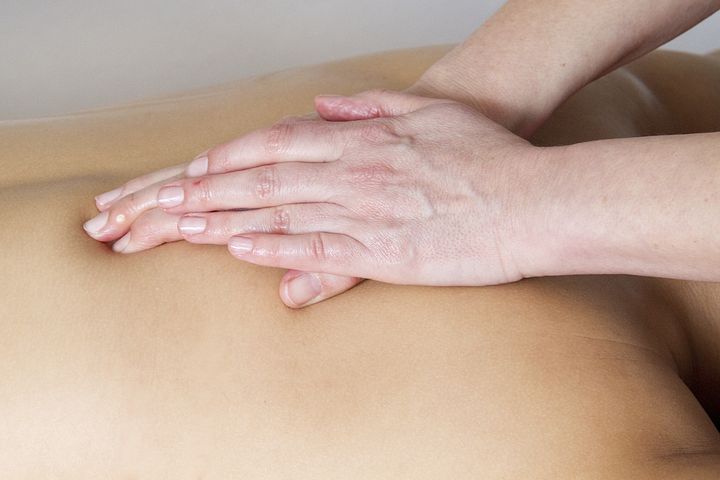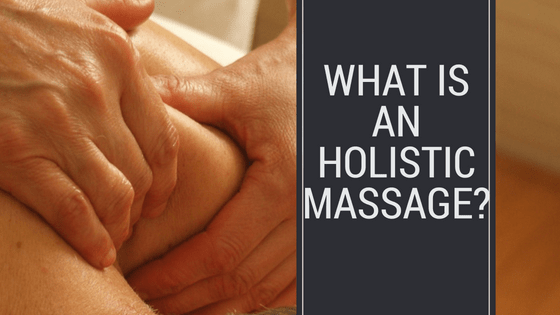
If you’re looking to book a massage, it can be difficult to know which one to go for. Do you want aromatherapy, deep tissue, holistic, no hands, hot stone, warm bamboo, shells etc, etc? The list is endless! As with other complementary therapies, when you start to look at the options it can become overwhelming and it is easy to become disheartened and confused about what you may need.
I often get calls asking if I offer deep tissue massage or can I do trigger point massage. Technically, yes, I can, but I’m not going to give you a full hour using that technique, so for me to say I do would be mis-selling my product. I offer hot stone massage, but it’s not exclusively hot stones and I have to point out to people that I do check in with my hands from time to time.
What is holistic?
Holistic is a term used by therapists, and increasingly I’ve heard it in the medical profession, to relate to looking at a bigger picture, rather than just a symptom. The Oxford dictionary definition of holistic is “characterized by the treatment of the whole person, taking into account mental and social factors,  rather than just the symptoms of a disease” and “characterized by the belief that the parts of something are intimately interconnected and explicable only by reference to the whole”. In all complementary therapies, regardless of modality, we aim to look at you as a person, not just a set of symptoms.
rather than just the symptoms of a disease” and “characterized by the belief that the parts of something are intimately interconnected and explicable only by reference to the whole”. In all complementary therapies, regardless of modality, we aim to look at you as a person, not just a set of symptoms.
So, what is meant by an holistic massage?
Different therapists may mean different things by their terminology, which doesn’t help you navigate the minefield better, but this is my definition. It’s by no means the right and exclusive definition, but it should help you when you see the term ‘holistic’ and it may encourage you to ask a potential therapist what their definition is.
When I say holistic massage, I use it to define that I am pulling on my toolkit. I am going to look at you as a person, check in with your body and feel what is going on. I’m going to draw on my Swedish massage skills, my trigger point techniques and deep tissue knowledge to work your muscles. I’m going to use some myofascial techniques to help restrictions in your fascia which will be surrounding the muscle and possibly adding to the issue. Things change and evolve, because our bodies respond differently to the last person led on the couch and will respond differently to the last time it was also led on the couch. A holistic massage does not include essential oils, so you won’t have any fragrant aromas – no oil is likely to be used for myofascial techniques, while only a small amount of carrier oil is used to help move the muscle more easily.
I often describe massages like working through the layers of an onion. If the issue is a chronic one we may not get through the layers  very quickly, as your body will dictate how quickly or slowly we make progress. Holistic massage is trying to work with your body where you should be feel an ooh type of pain, as the restrictions release, rather than an ouch of it being too deep. It’s being mindful of your body and how it would like to be treated, using the different techniques to obtain the best outcome during that particular session.
very quickly, as your body will dictate how quickly or slowly we make progress. Holistic massage is trying to work with your body where you should be feel an ooh type of pain, as the restrictions release, rather than an ouch of it being too deep. It’s being mindful of your body and how it would like to be treated, using the different techniques to obtain the best outcome during that particular session.
So, the next time you’re wondering what type of massage to think about, maybe check out the different massages available and maybe think about using one which isn’t exclusively using one technique.
 Louise is an holistic therapist who owns Therapy Centre, Bristol BS14 9HB, a clinic offering a range of holistic and beauty therapies. Louise offers reflexology, aromatherapy, holistic massage, Indian head massage, reiki, baby massage and story massage. She is a mum of two boys and when she is not working she enjoys getting outdoors with her family. For further information about Louise, visit louise-morgan.co.uk.
Louise is an holistic therapist who owns Therapy Centre, Bristol BS14 9HB, a clinic offering a range of holistic and beauty therapies. Louise offers reflexology, aromatherapy, holistic massage, Indian head massage, reiki, baby massage and story massage. She is a mum of two boys and when she is not working she enjoys getting outdoors with her family. For further information about Louise, visit louise-morgan.co.uk.

